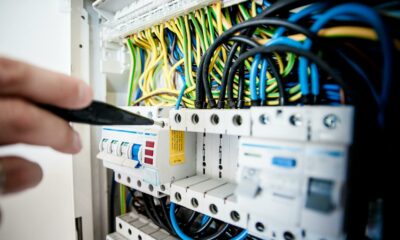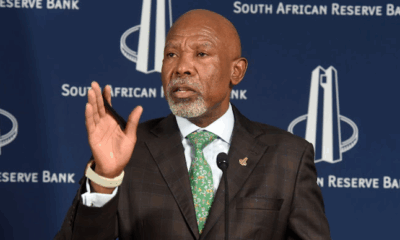News
The Eskom Paradox: Soaring Profits Amidst Falling Power Demand

In a presentation that laid bare the complex and often contradictory state of South Africa’s energy landscape, Eskom has reported a staggering net profit of R25.9 billion for the second quarter of the 2026 financial year. This figure, a 45% surge from the same period last year, paints a picture of a utility on a firm financial footing. But the details reveal a more nuanced and concerning story.
The headline profit masks a critical vulnerability: South Africa is using less electricity. Eskom’s own data shows a 3% year-on-year decline in sales volumes, a trend that speaks to a struggling industrial sector and shifting energy habits.
The Tariff Engine Driving Profit
So, how does a company sell less of its core product and make significantly more money? The answer lies in the price tag. Eskom’s Chief Financial Officer, Calib Cassim, was forthright in his explanation to Parliament’s Portfolio Committee. The 12.7% tariff increase approved by the regulator is the primary engine behind this financial result.
“The price increase and the revenue contribution is softened by the lower sales volumes,” Cassim stated, indicating that without the higher tariffs, the drop in sales would have led to a very different financial outcome. He pointed specifically to the ferrochrome industry, where companies have shut down furnaces for maintenance, as a major contributor to the declining demand.
This creates a fragile equation. Eskom’s financial health is becoming increasingly dependent on consumers and businesses paying more per unit for an essential service, even as their collective ability or willingness to consume it wanes.
A Lifeline and a Looming Threat
There is a genuine positive in the report. Cassim highlighted that the government’s debt-relief package has been a crucial lifeline, boosting liquidity and freeing up capital for critical maintenance and infrastructure projects. This financial breathing room is essential for the long-term operational turnaround of the country’s power stations.
However, a dark cloud still hangs over this progress: municipal debt. The figure has ballooned to R105 billion, a 3% increase in just one quarter. The state of municipal finances is so dire that only 11 out of 71 municipalities on a debt relief program are compliant.
In a dramatic intervention, National Treasury is rolling out Distribution Agency Agreements (DAAs), which will see Eskom take direct control of electricity services in 47 defaulting towns and cities. This is an emergency measure to stabilize cash flow and improve bill collection. However, it effectively tasks an entity still finding its feet with the immense burden of fixing broken local government systems.
The picture that emerges is one of a utility at a crossroads. It is achieving a hard-won financial stability, but this stability is built on a base of higher consumer costs and a shrinking customer base. The profit is real, but so is the paradox. The path to a truly sustainable Eskom requires more than just balancing its books; it requires a revitalized economy that can once again power up and grow.
{Source: MyBroadband}
Follow Joburg ETC on Facebook, Twitter , TikTok and Instagram
For more News in Johannesburg, visit joburgetc.com



























